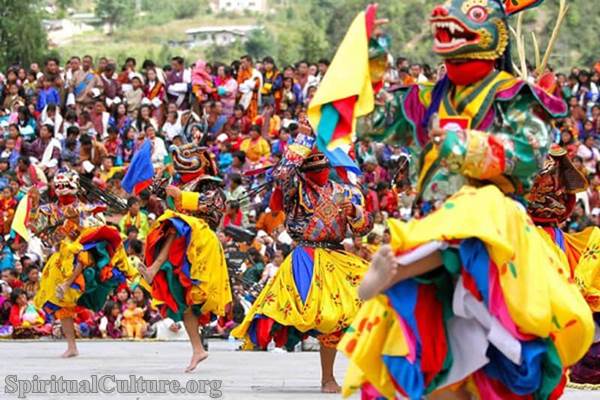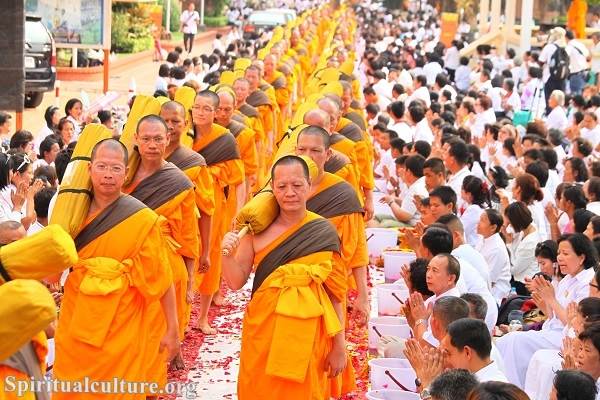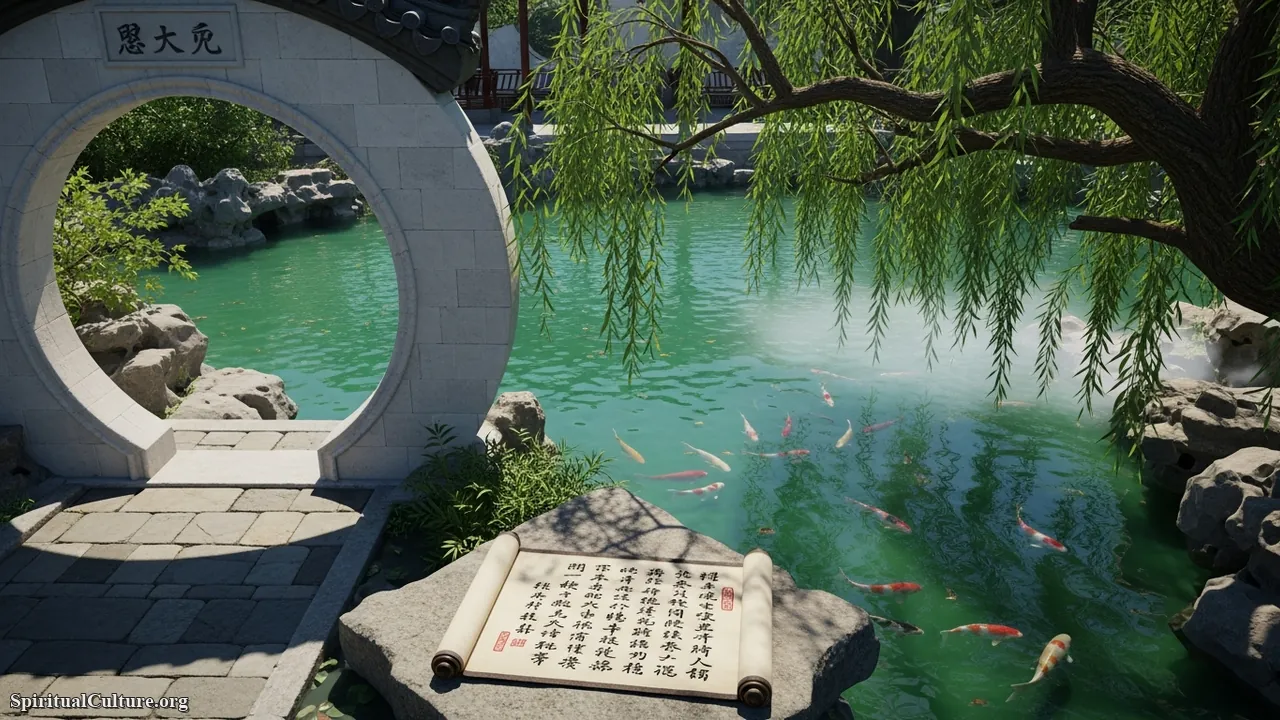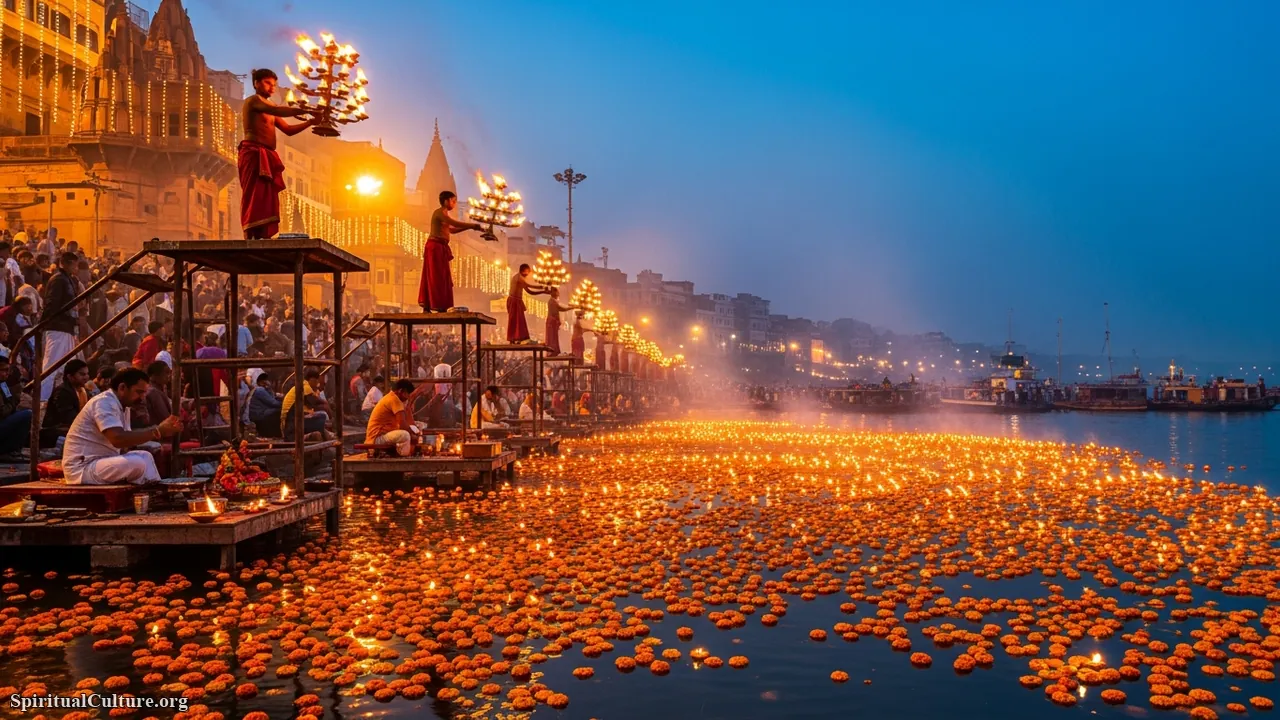Bhutan’s traditional culture is deeply influenced by the teachings of the Bhutanese form of Vajrayana Buddhism, which emphasizes the tantric aspect of the religion.
The Bhutanese culture is also deeply tied to the country’s landscapes, which are considered sacred. The Bhutanese people have a strong sense of tradition and place great importance on their cultural heritage. Respect for elders and the monarchy is also integral to Bhutanese culture.
If one were to open a beautiful, untouched book of stories, its pages would flutter with the whispers of Bhutan’s rich and vibrant culture. The Culture of Bhutan, with its unique and vibrant blend of traditions, beliefs, and practices, is a testament to the country’s profound respect for its heritage and its enduring efforts to preserve it.
Bhutan, a small, landlocked country nestled in the mighty Himalayas between India and China, has been maintaining its unique identity, largely untouched by the globalization that has homogenized more significant parts of the world. This is due to the country’s policy of cultural preservation, which extends to their traditional dress, food, religious practices, and more. Still, it isn’t easy to encapsulate Bhutan’s culture in a nutshell, given its depth and diversity.
Bhutan’s cuisine, for instance, is a flavorful blend of hot and spicy dishes with a unique Bhutanese touch. The extensive use of chili and cheese characterizes Bhutan food. Ema Datshi, the national dish made with chili and cheese, is one of the most famous dishes. Rice forms the staple diet, often accompanied by a side of meat, vegetables, or lentils.
Red and white rice, buckwheat, and maize are commonly eaten cereals. Bhutanese people love their meat, especially pork, beef, and chicken. Given Bhutan’s cold climate, the food is typically spicy to generate warmth. Ara, a traditional alcoholic beverage made from rice, maize, millet, or wheat, is another integral part of Bhutan’s culinary landscape.
Bhutanese cuisine isn’t just about the food, though. It’s a reflection of the country’s agricultural practices, its festivals, and its people’s communal way of life.

Bhutan traditional clothing is another essential aspect of Bhutan’s distinctive culture. The law mandates the national dress code “driglam namzha” in public places and on formal occasions. It is a rule and a significant part of their identity and tradition.
For men, the traditional dress is a knee-length robe tied at the waist by a cloth belt, known as a Gho. Women wear an ankle-length dress called a Kira, which is clipped at one shoulder and tied at the waist. An accompaniment to the Kira is a long-sleeved blouse, a Wonju, worn underneath the Kira.
This traditional attire is not just for show but is worn daily by the Bhutanese people. You can see Bhutanese men in their Ghos and women in their vibrant Kiras, going about their everyday lives, whether they’re doing business in the bustling markets or tilling their farms in the rural areas. It’s an inspiring sight and a testament to Bhutan’s commitment to preserving and promoting its unique culture.
Bhutan is not just about its food and clothing, though. The Bhutanese people’s life philosophy, deeply rooted in Buddhism, is a critical aspect of their culture. The country follows a unique approach to development, measuring prosperity through the Gross National Happiness Index, which prioritizes the well-being of its people over economic growth.
With its unique culture, traditional clothing, spicy and flavorful food, and deep-rooted philosophy, Bhutan is a land like no other. It is a place where modernity and tradition coexist, where the people are deeply in touch with their culture and take immense pride in their heritage.
Understanding the culture of Bhutan requires more than just reading about it. It calls for an immersive experience tasting Bhutanese cuisine, wearing the Kira or Gho, participating in their festivals, and living their philosophy. Only then can one truly appreciate the depth and beauty of the Bhutan Culture.




